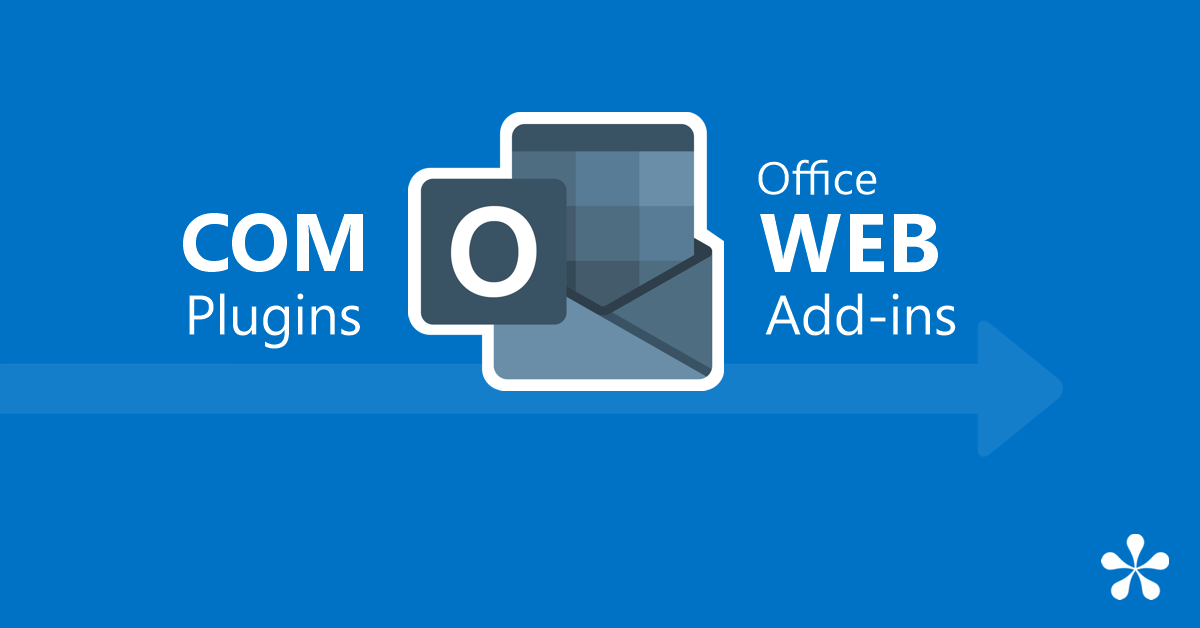For years, Microsoft Outlook has supported classic add-ins known as COM plugins. These add-ins allowed third-party tools to integrate tightly with Outlook, offering extended features for tasks like email management, scheduling, and collaboration.
With user experience, speed, and security in mind, Microsoft is now phasing out support for COM add-ins in favour of a new, modern standard: Office web add-ins. This is to resolve issues caused by COM plugins running inside Outlook’s processes such as slow performance, crashes and instability.
The Shift to Office Web Add-ins
Office web add-ins represent a significant change in how Outlook integrations work. Unlike COM add-ins, web add-ins run in a sandboxed environment. This brings important benefits:
- Improved performance – no more drag on Outlook’s speed.
- Greater stability – reduced risk of crashes or freezes.
- Enhanced security – sandboxing limits potential vulnerabilities.
Most importantly, web add-ins are platform independent. They work not only in the classic desktop version of Outlook but also in the new web-based Outlook, across Windows, Mac, browsers, phones, and tablets. This ensures users get a consistent experience across all devices.
The catch? COM add-ins are not compatible with the new web-based Outlook. For businesses relying on them, this shift isn’t optional, it’s inevitable.
The Challenge for Email Management Solutions
At Knowledgemill, we’ve been preparing for this transition for years. Unlike many email management solutions that exist only as Outlook add-ins, Knowledgemill is a full application with its own application server and database. This architecture means we aren’t reliant on your local PC or device for indexing, caching, or performance.
Instead of struggling to retrofit an outdated approach, we’re building a new web add-in front end for our Mail Manager. While the interface may look and feel slightly different, all the core functionality you rely on today will continue to be available.
In fact, this shift allows us to deliver a more stable and scalable solution across a greater range of local, web, and device types, helping Microsoft customers future-proof their email management as Outlook itself evolves.
What to Expect Next
We’re on track to deliver the new Knowledgemill web add-in by the end of 2025. This ensures our customers will be ready for Microsoft’s changes without disruption, with the added benefit of a more reliable, cross-platform experience.
For organizations, this is more than just keeping up with Microsoft’s roadmap. It’s an opportunity to embrace a solution that is faster, more stable, and more aligned with the way people work across multiple devices today.
In summary:
- COM add-ins are being phased out by Microsoft.
- Office web add-ins are the new standard: faster, safer, and available everywhere.
- Knowledgemill’s architecture is uniquely suited to thrive in this environment.
- Customers can expect the new web add-in by the end of 2025, ensuring continuity and future readiness.
Whether you’re planning ahead for Microsoft’s move away from COM add-ins or looking to modernize your Outlook experience, our team can guide you every step of the way. Get in touch with Knowledgemill today to learn how we can help your organization stay ahead of the curve with a faster, more secure, and fully web-ready solution.







